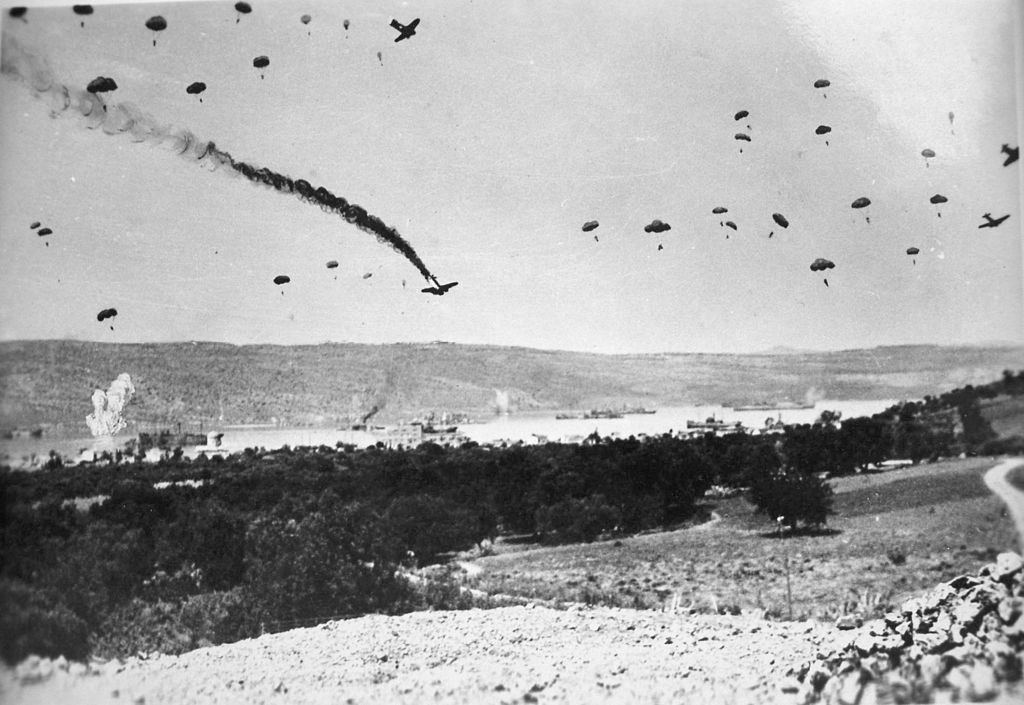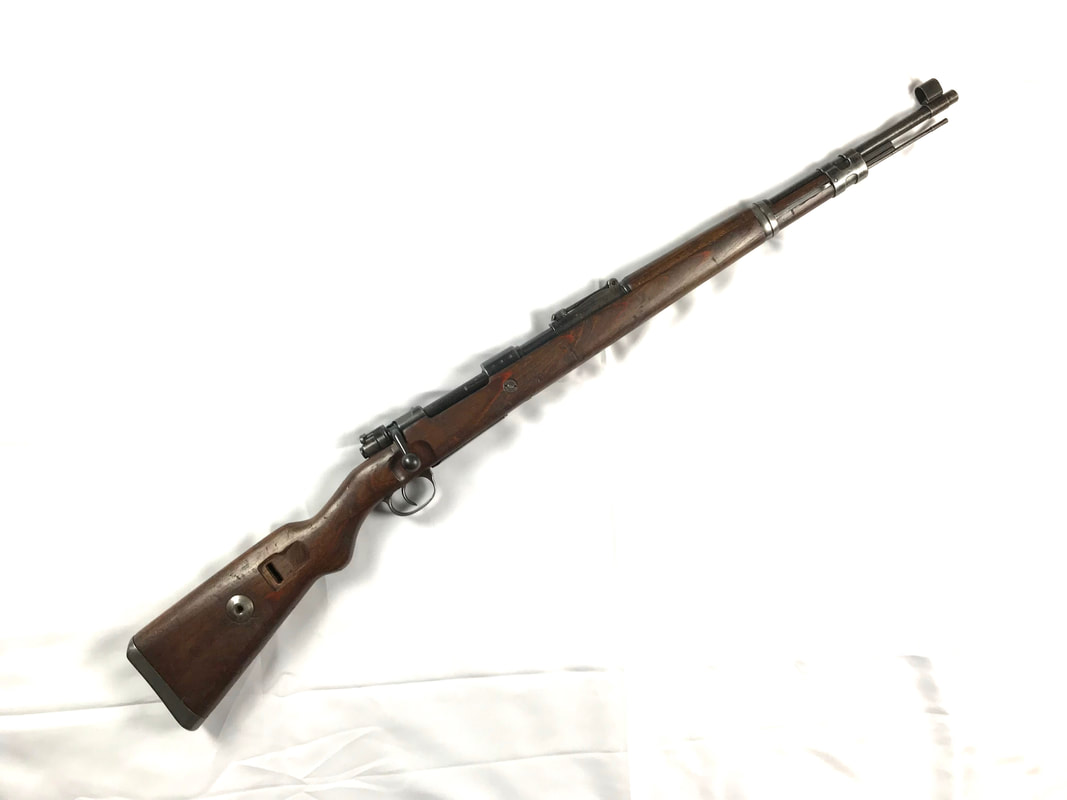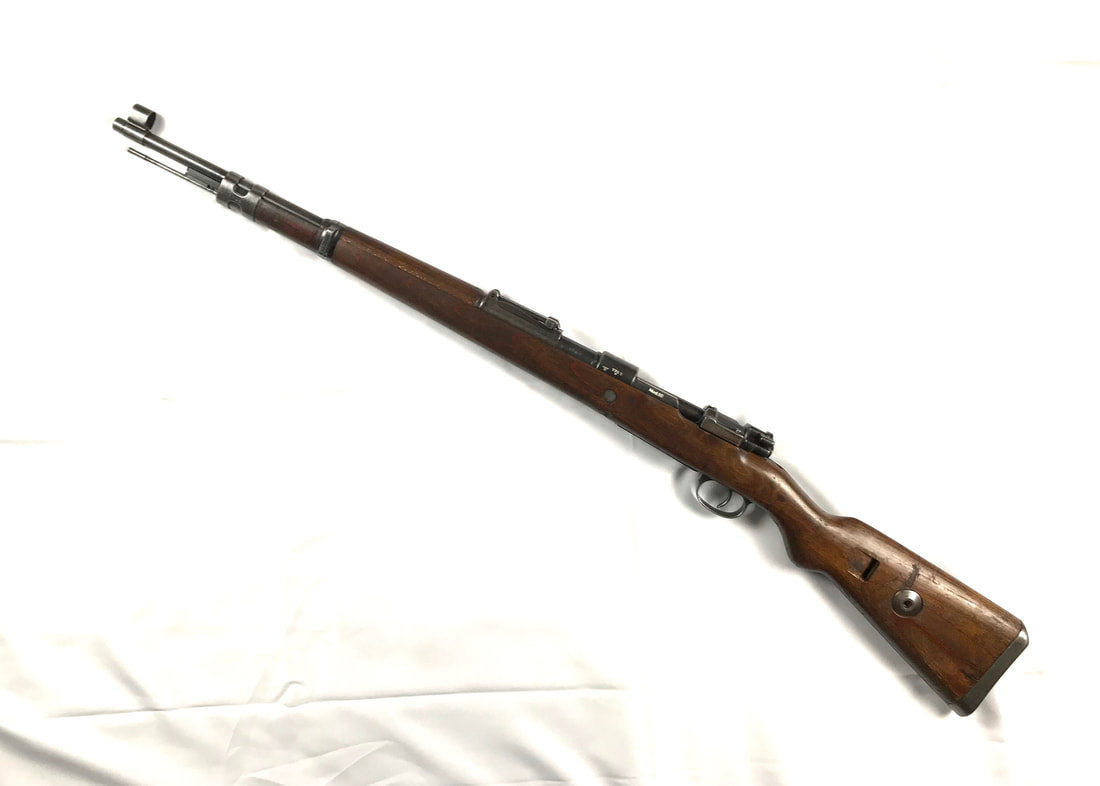|
On this day in 1941 German paratroopers (Fallschirmjägers) fulfilled what would become a traditional airborne task: airfield seizure. They also demonstrated what an absolute nightmare airborne operations can be, especially with the technique still in its infancy at the time. First, with the good (well good for the Nazis… so bad?). After leaping into the sky above the island of Crete the day prior, German forces eventually captured one of their key objectives, Maleme Airfield. This allowed them to rapidly fly in reinforcements to support the paratroopers who had been fighting pretty much on their own. This success was due in large part to the absolute confusion by thousands of paratroopers descending at multiple points all over the island almost at once, and exacerbated by Allied communication issues. But that confusion absolutely cut both way. Paratroopers and gliders, in a foreshadowing of later Allied airborne operations, were dropped off target and intermixed. Some in fact dropped right on top of Commonwealth positions, which usually did note bode well for the paratroopers still trying to get their bearings. German paratroopers were particularly helpless immediately upon landing, because their doctrine called for them to jump with only a pistol (or maybe submachine gun) and a knife. Their rifles, machine guns, and heavier weapons were dropped in specially marked equipment containers which Soldiers would need to find and secure upon landing. A weapon that could have been used in such a manner is pictured here: A Luftwaffe marked K98k (German paratroopers were officially part of the Air Force). This particular rifle was produced in 1941 by Mauser-Werke in Oberndorf and is typical for a well-used early war rifle. What makes it slightly more interesting is the “L” stamped into the buttstock, which denotes use with the Luftwaffe (a “H” would indicate use with the “Heer” or army). This is the most common weapon that a German paratrooper would be scrambling to find upon landing, in order to make themselves actually combat effective. Although shorter and somewhat lighter than its WW1 predecessor, the K98k is substantially similar to the rifles carried by these troopers’ fathers 25 years before. It is a bolt action, has a 5-round internal magazine, and fires a 7.92 mm projectile (with the cartridge colloquially known as the 8mm Mauser).
0 Comments
Leave a Reply. |
Jon K.Weapons collector, history buff, Army officer, Pug enthusiast. Archives
December 2020
Categories
All
|









 RSS Feed
RSS Feed
